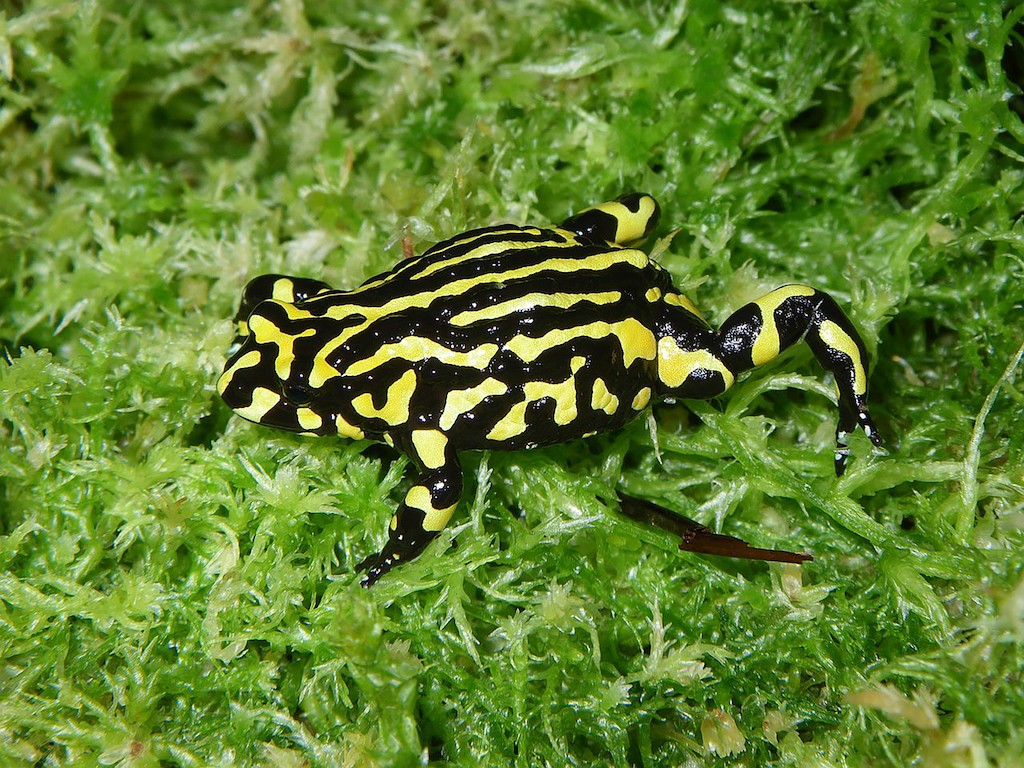Popular Reads
Top Results
Can't find what you're looking for?
View all search resultsPopular Reads
Top Results
Can't find what you're looking for?
View all search resultsThird of Australia's threatened species not being monitored
Change text size
Gift Premium Articles
to Anyone
A
third of Australia's threatened species are not being tracked, scientists said Friday, warning they could easily slide into extinction without anyone noticing.
The first national assessment on the monitoring of threatened birds, mammals, frogs, freshwater fish, reptiles and ecological communities found 217 species were not being watched.
Plants and insects were not included.
Read also: New beetle discovered by eco-tourists named after Leonardo DiCaprio
The government-funded Threatened Species Recovery Hub said the results were poor for most groups, although keeping tabs on birds was better due to a large and enthusiastic volunteer base.
In contrast, half of all threatened fish receive no monitoring and tracking reptiles was little better.
"Overall, over a third of Australia's threatened animals received no monitoring at all, and where monitoring does exist, it is often inadequate," said project leader Sarah Legge.
"This puts these species at risk. By the time we realise we have a problem it may be too late to act. Many people do not appreciate how vital monitoring is for all aspects of managing threatened biodiversity."
She said that without adequate monitoring, researchers had no idea if populations were going up or down, what was driving changes, or whether conservation efforts needed to be adapted.
The warning came on the heels of another study by the same group last month that said Australia's extinction rate for mammals, already the highest in the world, could worsen unless more efforts are made to protect them.
It found that the potential extinction of 10 Australian birds and seven mammals, including the orange-bellied parrot and the central rock-rat, could be prevented if governments and communities were made aware of the risks they faced.
The most recent study coincided with broadcaster ABC reporting that the government was planning to slash up to a third of staff from the biodiversity and conservation division of its environment department.
It cited scientists calling the move an "absolute calamity" for threatened species.
Threatened Species Recovery Hub director Brendan Wintle called Friday for a national effort to improve monitoring.
"Many species occur across multiple states and territories, and the monitoring data that exists are currently scattered across many different agencies and research groups," he said.
"Australia needs investment and coordination to manage, store, analyse and report on monitoring data."
The main causes of species decline that have been identified include habitat loss, such as through land clearing and other development, and feral cats and foxes.











